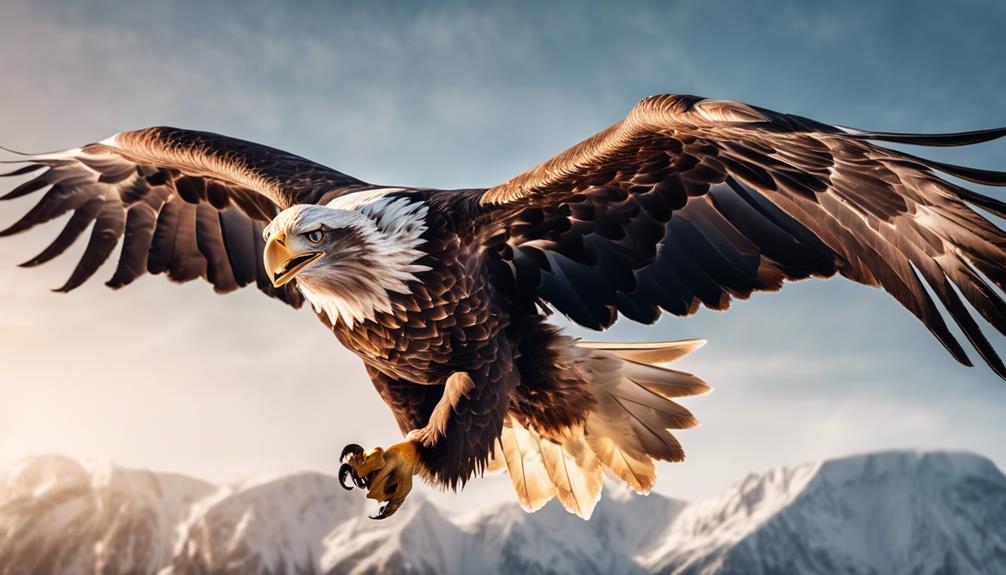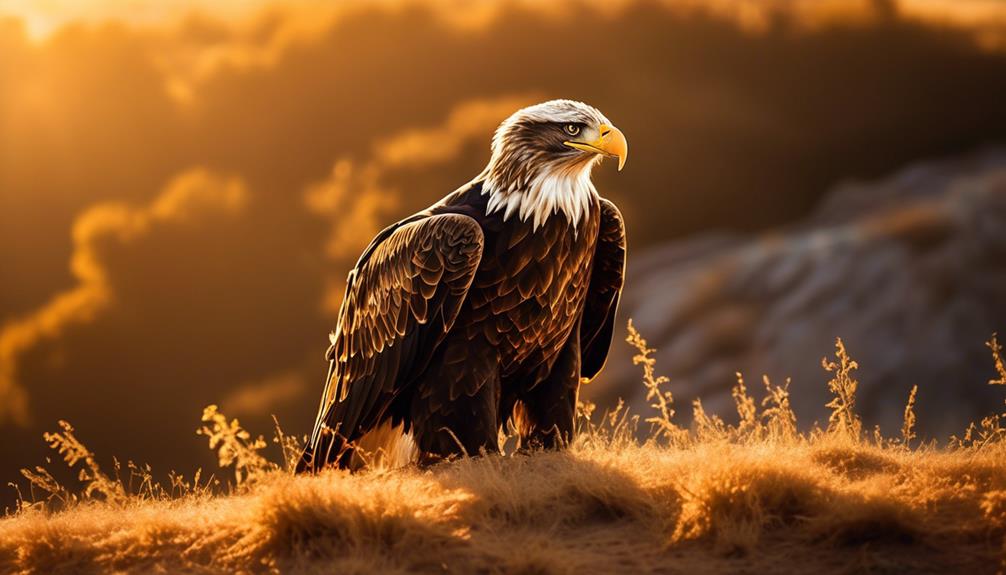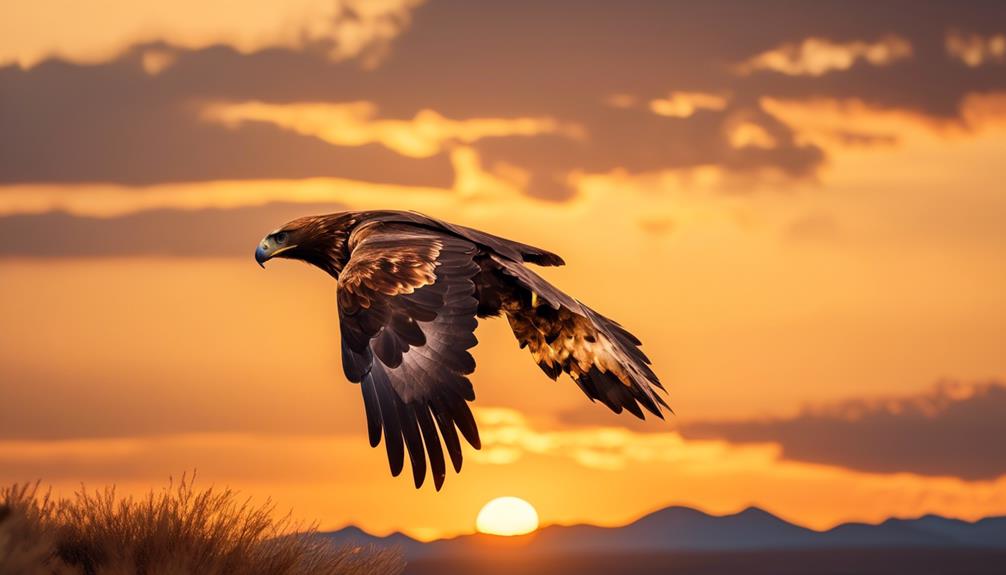Please note this post may contain affiliate links picked by me (Jay) that I have deemed may be of interest or relevant to you the reader of this.
These links do not affect the cost of the thing if you decide to purchase but i may get a little money if you choose to purchase.
For more information on my affiliate link policy click here.
Did you know that rapid shooting can significantly improve the quality of your wildlife photos? With the ability to capture multiple frames per second, you increase your chances of getting that perfect shot, freezing the fleeting moments of nature's beauty.
But is it really the key to better wildlife photos? In this discussion, we will explore the benefits of rapid shooting in wildlife photography, techniques for capturing action shots, mastering the timing for perfect wildlife photos, overcoming challenges in rapid shooting, and tips for enhancing your wildlife photography using this technique.
So, let's dive into the world of rapid shooting and discover how it can elevate your wildlife photography to new heights.
Key Takeaways
- Rapid shooting allows for freezing fast-moving subjects and capturing the perfect moment.
- Patience and anticipation are crucial in wildlife photography to increase the chances of capturing decisive moments that tell a compelling story.
- Understanding autofocus systems, tracking capabilities, and utilizing image stabilization technology can help overcome challenges in rapid shooting.
- Composition plays a significant role in capturing compelling wildlife images, including framing, rule of thirds, leading lines, and consideration of the background.
Benefits of Rapid Shooting in Wildlife Photography
When it comes to capturing the perfect wildlife moment, rapid shooting is an essential technique that can greatly enhance the quality and variety of your photographs. The advantages of rapid shooting in wildlife photography are plentiful.
Firstly, it allows you to capture multiple frames in rapid succession, increasing the chances of capturing the perfect moment. Wildlife can be unpredictable, and a split-second can make all the difference between a mundane shot and a breathtaking one. Rapid shooting ensures that you don't miss out on those fleeting moments.
Another advantage is the ability to freeze fast-moving subjects. With rapid shooting, you can capture the motion and detail of animals in action, whether it's a bird in flight or a running cheetah. This technique allows you to photograph subjects that would otherwise be difficult to capture in sharp focus.
Furthermore, rapid shooting provides a greater variety of poses and expressions. Animals aren't always cooperative models, and they may change their position or expression within seconds. With rapid shooting, you can capture a series of shots and choose the one that best captures the animal's personality or behavior.
However, there are also disadvantages to consider. Rapid shooting consumes more memory card space, so it's important to have ample storage capacity. Additionally, it can be challenging to sort through a large number of images to find the best ones. Post-processing can be time-consuming, but the results are often worth the effort.
Techniques for Capturing Action Shots
To capture dynamic and exciting action shots in wildlife photography, employing specific techniques is essential. One of the most important techniques is freezing motion. When an animal is in motion, freezing that motion in a photograph can create a sense of energy and excitement. This can be achieved by adjusting the shutter speed.
Shutter speed refers to the amount of time the camera's shutter remains open. A faster shutter speed allows for the freezing of motion, while a slower shutter speed can result in a blurred effect. When capturing action shots, it's crucial to choose a fast shutter speed to freeze the moment and capture the details of the subject.
Adjusting the shutter speed can be done manually or by using the camera's sports mode, which is specifically designed for capturing fast-paced action. Experimenting with different shutter speeds can help determine the ideal setting for each situation. For instance, if photographing a cheetah running, a shutter speed of 1/1000th of a second or faster may be necessary to freeze the fast-paced movement.
In addition to freezing motion, it's important to anticipate the action and be ready to capture the decisive moment. This requires observation, patience, and a deep understanding of the behavior of the subject. By studying the animal's movements and habits, it becomes easier to predict when and where the action will occur, allowing for better positioning and timing.
To summarize, capturing action shots in wildlife photography requires the use of specific techniques, such as freezing motion through shutter speed adjustments. By understanding the importance of timing and observation, photographers can capture dynamic and thrilling moments in their wildlife images. So, grab your camera, adjust those settings, and get ready to capture the action!
Mastering the Timing for Perfect Wildlife Photos
Now that we've explored the techniques for capturing action shots in wildlife photography, let's dive into the exciting world of mastering the timing for perfect wildlife photos. Perfecting timing is the key to capturing movement in a way that truly brings your wildlife photos to life. It's the art of being in the right place at the right time, ready to press that shutter button and freeze a moment in time that tells a captivating story.
To master the timing for perfect wildlife photos, you must develop a keen sense of anticipation. You need to be able to predict the movements of your subjects and be prepared to capture those split-second moments that convey their essence. This requires a deep understanding of the behavior and habits of the animals you're photographing.
One technique that can greatly enhance your timing is continuous shooting mode. By rapidly firing off a series of shots, you increase your chances of capturing that perfect moment when an animal is in mid-action. This is especially useful when photographing fast-moving subjects such as birds in flight or running animals.
Another important aspect of timing is patience. Sometimes, the perfect shot requires waiting for hours, even days, for the right opportunity. Whether it's waiting for a predator to make its move or for a bird to take flight, patience is often the key to capturing those breathtaking moments that set your wildlife photos apart.
Overcoming Challenges in Rapid Shooting
Overcoming the challenges of rapid shooting requires a combination of technical skill, quick reflexes, and a deep understanding of your equipment. When it comes to wildlife photography, capturing the perfect moment is crucial. However, there are certain obstacles that can make rapid shooting more challenging. Let's dive into two common challenges and explore some innovative solutions.
Improving focus accuracy is essential for capturing sharp and detailed wildlife photos. When shooting rapidly moving subjects, achieving precise focus can be tricky. To address this, modern cameras are equipped with advanced autofocus systems that offer various modes and tracking capabilities. By utilizing these features and understanding how they work, you can improve your focus accuracy and increase your chances of capturing stunning wildlife shots.
Dealing with low light conditions is another hurdle in rapid shooting. Wildlife tends to be more active during dawn and dusk when natural light is limited. To overcome this challenge, investing in a camera with excellent low-light performance is crucial. Look for cameras with high ISO capabilities and fast lenses that allow more light to enter the camera. Additionally, using a tripod or image stabilization technology can help reduce camera shake and produce sharp images in low light.
To summarize, overcoming the challenges of rapid shooting in wildlife photography requires technical skill, quick reflexes, and a deep understanding of your equipment. By improving focus accuracy and finding innovative solutions to deal with low light conditions, you can elevate your wildlife photos to the next level. Stay tuned for the next section where we will discuss the importance of composition in capturing compelling wildlife images.
| Challenge | Solution | Benefit |
|---|---|---|
| Improving focus accuracy | Utilize advanced autofocus | Capture sharp and detailed images |
| systems and tracking modes | ||
| Dealing with low light | Invest in a camera with | Capture wildlife in low light |
| conditions | excellent low-light | conditions without compromising |
| performance and fast lenses | image quality |
Tips for Enhancing Wildlife Photography With Rapid Shooting
Enhancing wildlife photography with rapid shooting can take your images to new heights, capturing the beauty and essence of the natural world in stunning detail. As a wildlife photographer, I've learned that patience is key in this field. However, when combined with rapid shooting techniques, you can truly elevate your photography game and capture those elusive and fleeting moments in wildlife behavior.
One of the most effective ways to enhance your wildlife photography is by utilizing burst mode. Burst mode allows you to capture a series of images in rapid succession, increasing your chances of capturing the perfect shot. This feature is particularly useful for capturing fast-moving subjects such as birds in flight or animals in action. By shooting in burst mode, you can freeze the motion and capture the intricate details of wildlife behavior that might otherwise be missed.
But remember, burst mode alone isn't enough. Patience is still a vital ingredient in wildlife photography. You must be willing to wait for the right moment, observe the animal's behavior, and anticipate their actions. This requires a deep understanding of the subject and its natural habitat. By combining patience with rapid shooting techniques, you can increase your chances of capturing those decisive moments that tell a compelling story.
In addition to burst mode, it's important to experiment with different camera settings and techniques. Try adjusting the shutter speed to freeze or blur the motion, play with the aperture to control the depth of field, and experiment with different focal lengths to capture unique perspectives. Don't be afraid to think outside the box and try new things. Innovation and creativity are key to standing out in the world of wildlife photography.
Enhancing your wildlife photography with rapid shooting techniques can open up a world of possibilities. It allows you to capture the beauty and behavior of wildlife in ways that are both visually stunning and emotionally captivating. So, grab your camera, be patient, and let rapid shooting take your wildlife photography to new heights.
Frequently Asked Questions
What Is the Recommended Shutter Speed for Capturing Wildlife Action Shots?
When it comes to capturing wildlife action shots, having the right shutter speed is crucial. The recommended shutter speed depends on the specific situation and the movement of the subject.
To freeze fast-moving wildlife in action, a high shutter speed like 1/1000 or faster is often necessary. This will ensure sharp and detailed images.
However, experimenting with different shutter speeds can lead to interesting and creative results, so don't be afraid to try new things and push the boundaries of traditional wildlife photography.
How Can I Ensure That My Rapid Shooting Photos Are in Focus?
To ensure my rapid shooting photos are in focus, I've learned a few tips and techniques.
First, I make sure to use a fast shutter speed to freeze the action.
Secondly, I use continuous autofocus mode to track the moving subject.
Additionally, I keep my camera steady by using a tripod or monopod.
Lastly, I take multiple shots in quick succession to increase my chances of getting a sharp image.
With these tricks, my wildlife photos come out crisp and full of life.
Are There Any Specific Camera Settings That Should Be Adjusted for Rapid Shooting in Wildlife Photography?
When it comes to wildlife photography, adjusting your camera settings for rapid shooting can make a huge difference. By using the right camera equipment and mastering wildlife photography techniques, you can capture stunning shots in the blink of an eye.
From adjusting your shutter speed to setting up continuous autofocus, there are plenty of ways to ensure your rapid shooting photos are in focus.
What Are Some Common Challenges Faced When Using Rapid Shooting for Wildlife Photography?
Challenges faced with rapid shooting in wildlife photography can include capturing the perfect moment amidst fast-paced action, dealing with limited storage space for the multitude of images, and sorting through a large number of shots to find the best ones.
However, the benefits of rapid shooting are immense. It allows me to freeze motion, capture fleeting expressions, and increase the chances of getting that one stunning shot. Rapid shooting truly elevates the quality and excitement of wildlife photography.
Can Rapid Shooting Be Used Effectively in Low Light Conditions for Wildlife Photography?
Rapid shooting is a game-changer when it comes to wildlife photography in low light conditions. With the right techniques, this powerful tool can capture those elusive moments with incredible clarity and detail.
The benefits are endless: from freezing fast-moving subjects to exploring different angles and compositions. By utilizing rapid shooting in low light, I've been able to push the boundaries of my creativity and produce stunning wildlife photos that truly stand out.
It's a game-changer, no doubt about it.
Conclusion
In conclusion, embracing the power of rapid shooting in wildlife photography can truly elevate the quality of your photos.
By capturing action shots and mastering the timing, you can bring your subjects to life and create stunning images that engage the audience.
While overcoming the challenges that come with rapid shooting, remember to embrace the thrill and excitement it brings.
So go ahead, enhance your wildlife photography with this technique and let your creativity soar!


